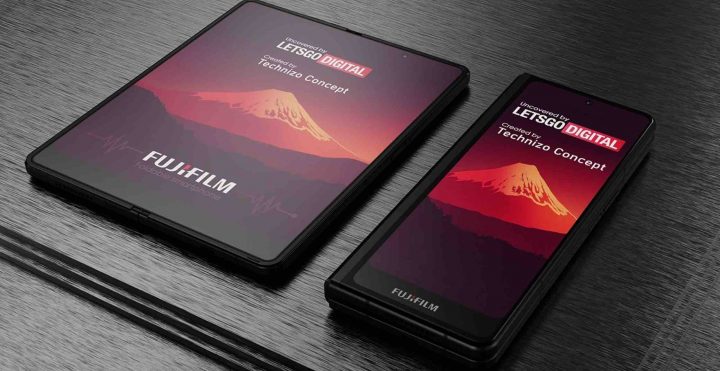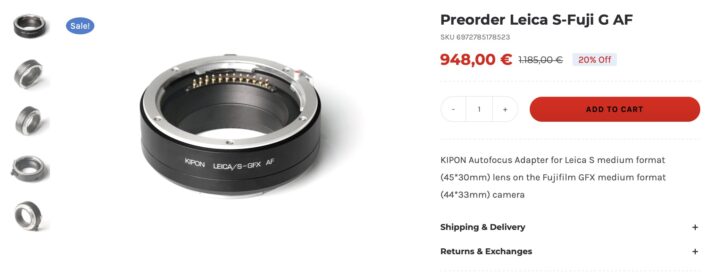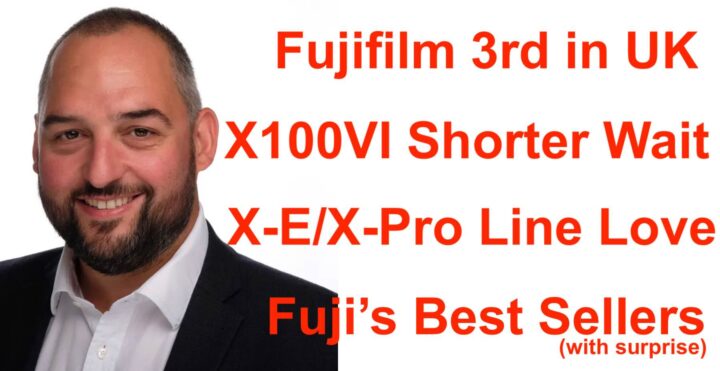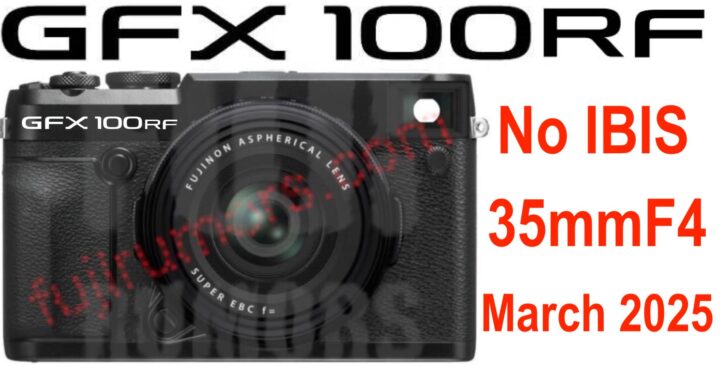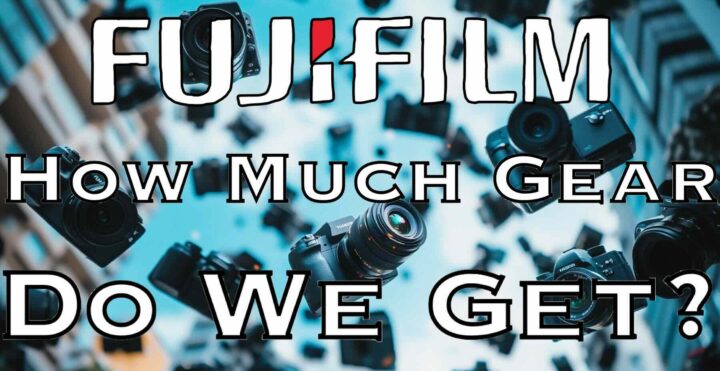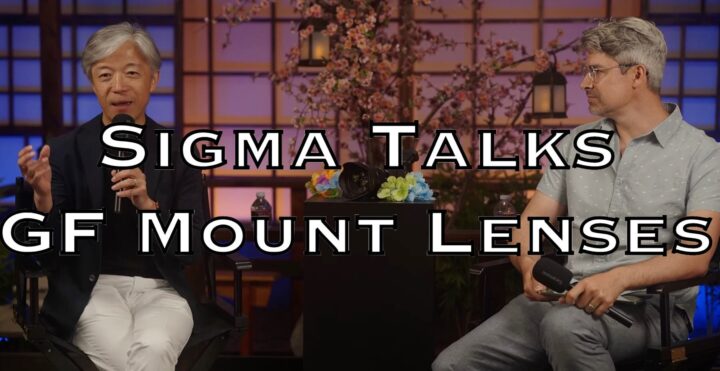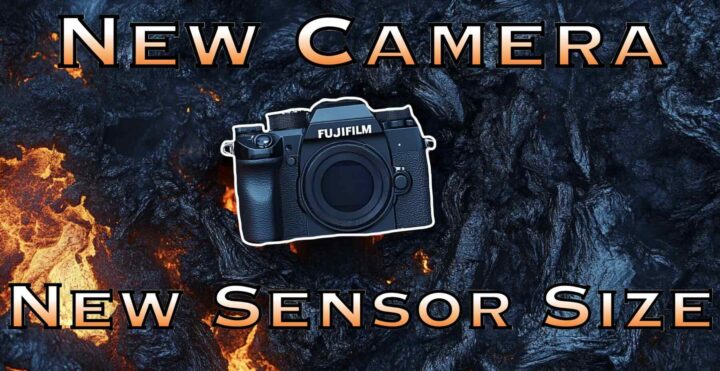Fujifilm to Bring Improved Image Quality and Colors to Vivo X200 Ultra Phone – Report
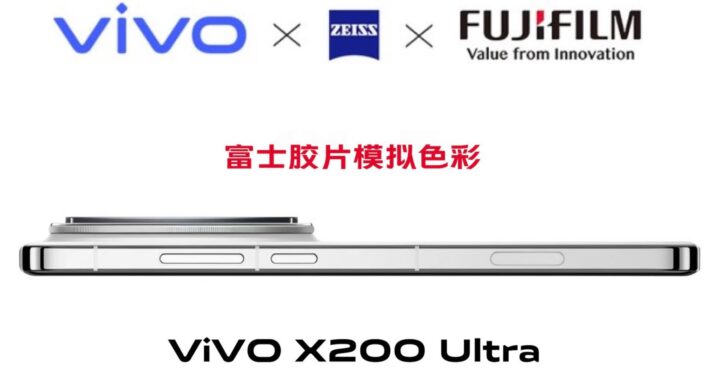
According to rumors surfaced on the web, Vivo is cooperating with Fujifilm for the next Vivo X200 Ultra smartphone.
The phone will use Zeiss optics, and as far as I understand, Fujifilm will provide the imaging software in order to get “more professional results” through image quality improvements and better color reproduction.
Now, I have no idea how reliable these rumors are. But if true, then Vivo has shown lots of wisdom ;).
Anyway…
We remind you that Fujifilm patented its own foldable smartphone, and we reported about it here.
And yes, software can play a significant part in the image quality results. In fact, it was Fuji’s software that convinced them to go with GFX, as we told you here.
- Fujifilm Foldable Phone Patent Spotted
- Fujifilm GFX :: The True Story About a Secret Meeting (and Test) That Convinced Fujifilm to Go Medium Format
via gsmarena via JohnnyManuel_89

